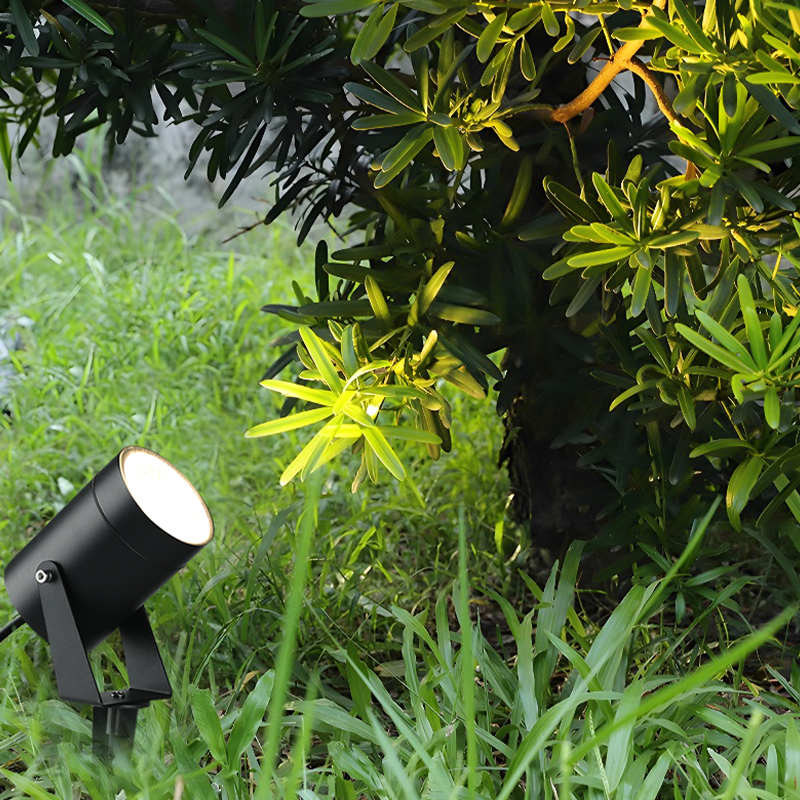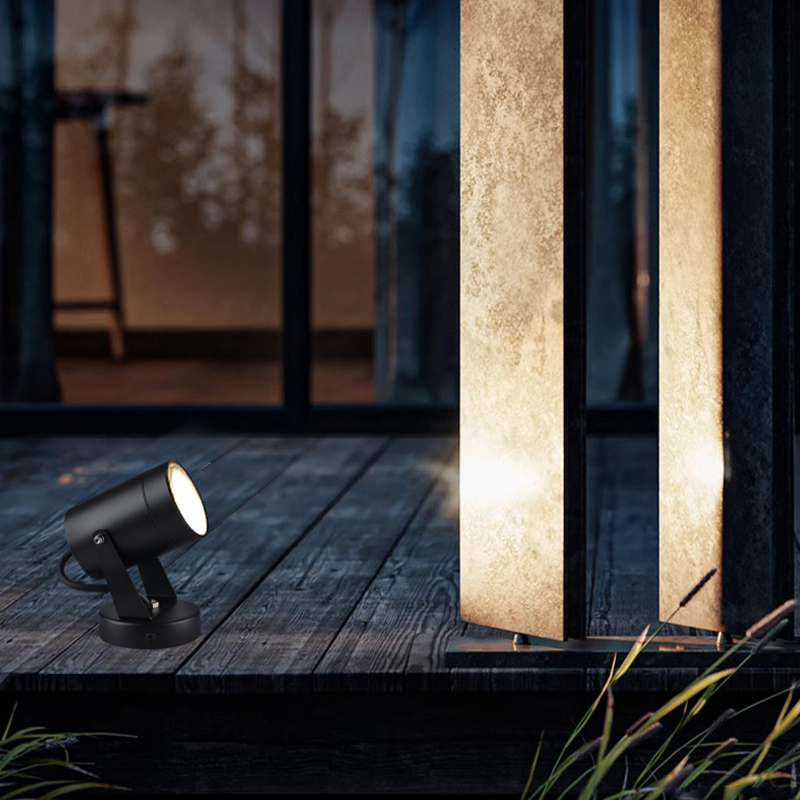A 22 years experienced manufacturer who has cooperated with 380 brands
- All
- Product Name
- Product Keyword
- Product Model
- Product Summary
- Product Description
- Multi Field Search
Author: Site Editor Publish Time: 2025-08-14 Origin: Site
When using lamps in outdoor environments, sand and dust are important factors affecting their normal operation and service life. Especially in arid, windy or desert areas, sand and dust can easily enter the interior of lamps through gaps, causing damage to the light source or electrical components, and even leading to safety hazards such as short circuits. Therefore, reasonable design and protective measures are crucial for preventing sand and dust from entering the enclosures of outdoor lamps. Here are some effective dust prevention strategies and suggestions:
1. Choose lamps with a high protection grade (IP grade)
The Ingress Protection (IP) grade of lamps is an important indicator to measure their dust and water resistance capabilities. For sandy and dusty environments, it is recommended to choose outdoor lamps with an IP65 rating or above. Among them:
The first digit "6" indicates complete prevention of dust from entering.
The second digit "5" or higher indicates that it can prevent water from flowing in from all directions.
Lamps of IP66, IP67, IP68 and other grades have stronger sealing performance and environmental adaptability, and can more effectively block sand and dust.
2. Optimize the design of the shell structure
Good structural design is the key to preventing sand and dust from entering, including:
Sealed housing: Utilizing an integrally formed or welded sealed structure to reduce gaps;
Strengthen joint treatment: Use sealing materials such as rubber sealing rings and silicone gaskets at the joints;
Hidden ventilation openings: To prevent internal heat accumulation, some lamps require ventilation design. Ventilation openings with dust-proof filters or labyrinth structures can be adopted to balance heat dissipation and dust prevention.
Dust-proof film or breathing valve: Use breathable but dust-proof materials (such as ePTFE film) to regulate the internal pressure difference of the lamp to prevent the inhalation of sand and dust due to the "breathing effect".

3. Select materials with strong weather resistance
Sand and dust not only can enter the interior of the lamps, but also may cause wear and corrosion to the outer shell. Therefore, the following should be selected:
Corrosion-resistant metals (such as anodized aluminum alloy surface treatment);
High-strength engineering plastics (such as polycarbonate PC, ABS, etc.);
Uv-resistant coating: Delays material aging and prevents a decline in sealing performance.
4. Pay attention to the details of installation and maintenance
Even if the lamps themselves have good dust-proof capabilities, if they are not installed or maintained properly, sand and dust may still take advantage of the situation to enter.
Correct installation: Ensure that the sealing ring is properly installed to prevent loose screws and deformation of the shell.
Regular inspection: Regularly inspect the sealing performance of the lamps. If problems such as aging, cracking, or deformation are found, replace the sealing components in a timely manner.
Stay away from the source of wind and sand: Try to avoid installing lamps in locations where strong winds blow directly and sand and dust accumulate frequently.

5. Select lamps with intelligent sensing and alarm functions (optional)
For key areas or high-value equipment zones, it is advisable to consider using smart lighting fixtures with dust-proof alarm systems. Once an abnormal internal particle concentration is detected, an alarm can be triggered promptly, facilitating maintenance.
6. Conclusion
To prevent sand and dust from entering the outer shell of outdoor lamps, the key lies in the selection of high protection levels, the optimization of structural sealing, the improvement of material resistance, and the control of installation and maintenance details. Through comprehensive measures in multiple aspects, the service life and operational stability of lamps can be significantly enhanced, ensuring reliable lighting even in complex environments.
content is empty!